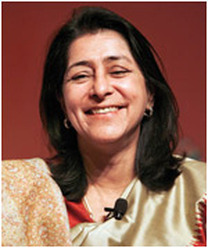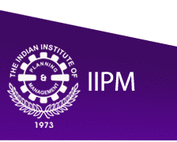
May 25, 2010 was a landmark day, not only for Indian stock market or banking sector, but also for all foreign companies operating in India. Standard Chartered Plc opened an Indian Depository Receipts (IDRs) for subscription on this day. So what’s the big deal? It’s the first IDR in India by any international company in the history of India’s existence! Before you break into a diplomatic applause, the fact is that Stanchart (if we may) is not spectacularly huge currently. Consider this – the IDR issue is for a bank, which has just 90 offices, 7,825 employees, and a top line of Rs.19 billion in India. And yet, it is aspiring to raise Rs.33.75 billion from the market! But for every critic, there’re ten supporters, and vociferous ones. One obviously being Peter Sands, Group Chief Executive, Standard Chartered, who says, “Standard Chartered was established in India over 150 years ago, and this heritage is vitally important to us as we continue to grow our market visibility and brand presence in one of our largest markets. I am immensely proud that it is Standard Chartered listing the first ever IDR.” Honestly, Stanchart is not the only one in the league. Over the last few years, bosses of many global banking giants operating in India, if not all, have developed a similar business confidence over their Indian operations. After all, despite being paralysed by our regulatory controls and restricted to just 300 branches (March 2009), the 30 foreign banks control 5% market share in terms of deposits as compared to 95% controlled by all other banks through 64,028 branches, showcasing 10 times higher efficiency. However, there too exists a strong line of demarcation, as the top 5 foreign banks – HSBC, Standard Chartered, Citi, Deustche Bank and RBS – control 82.7% of the total market share enjoyed by the foreign banks. Even their profit margins are far better than the industry average for the last few years.
Going by what industry experts have to say, it’s just the three words – technology, innovation and quality service. Prashant Singh from Royal Sundaram shares with us, “As the outreach is enlarged in the India banking industry, with the increased number of banks and wider network, the customer demands convenience, comfort, speed, cost- effective and quality services.”
Source : IIPM Editorial, 2010.
An Initiative of IIPM, Malay Chaudhuri and Arindam chaudhuri (Renowned Management Guru and Economist).
For More IIPM Info, Visit below mentioned IIPM articles.
IIPM B-School Detail
IIPM makes business education truly global
IIPM’s Management Consulting Arm - Planman Consulting
Arindam Chaudhuri (IIPM Dean) – ‘Every human being is a diamond’
Arindam Chaudhuri – Everything is not in our hands
Planman Technologies – IT Solutions at your finger tips
Planman Consulting
Arindam Chaudhuri's Portfolio - he is at his candid best by Society Magazine
IIPM ranked No 1 B-School in India
domain-b.com : IIPM ranked ahead of IIMs
IIPM: Management Education India
Prof. Rajita Chaudhuri's Website
---------------------------------------------------------------------------------------------------------------


 RSS Feed
RSS Feed